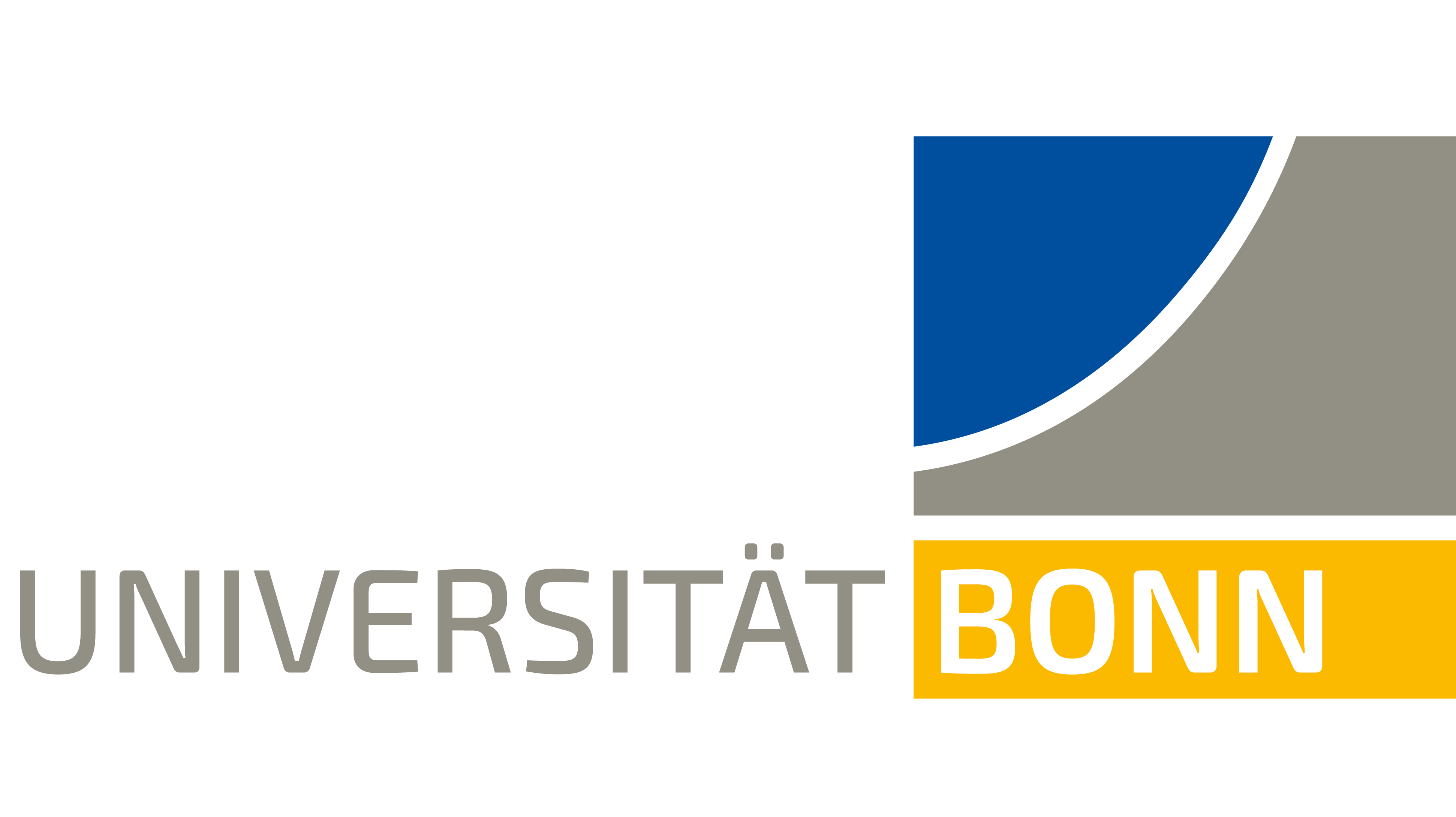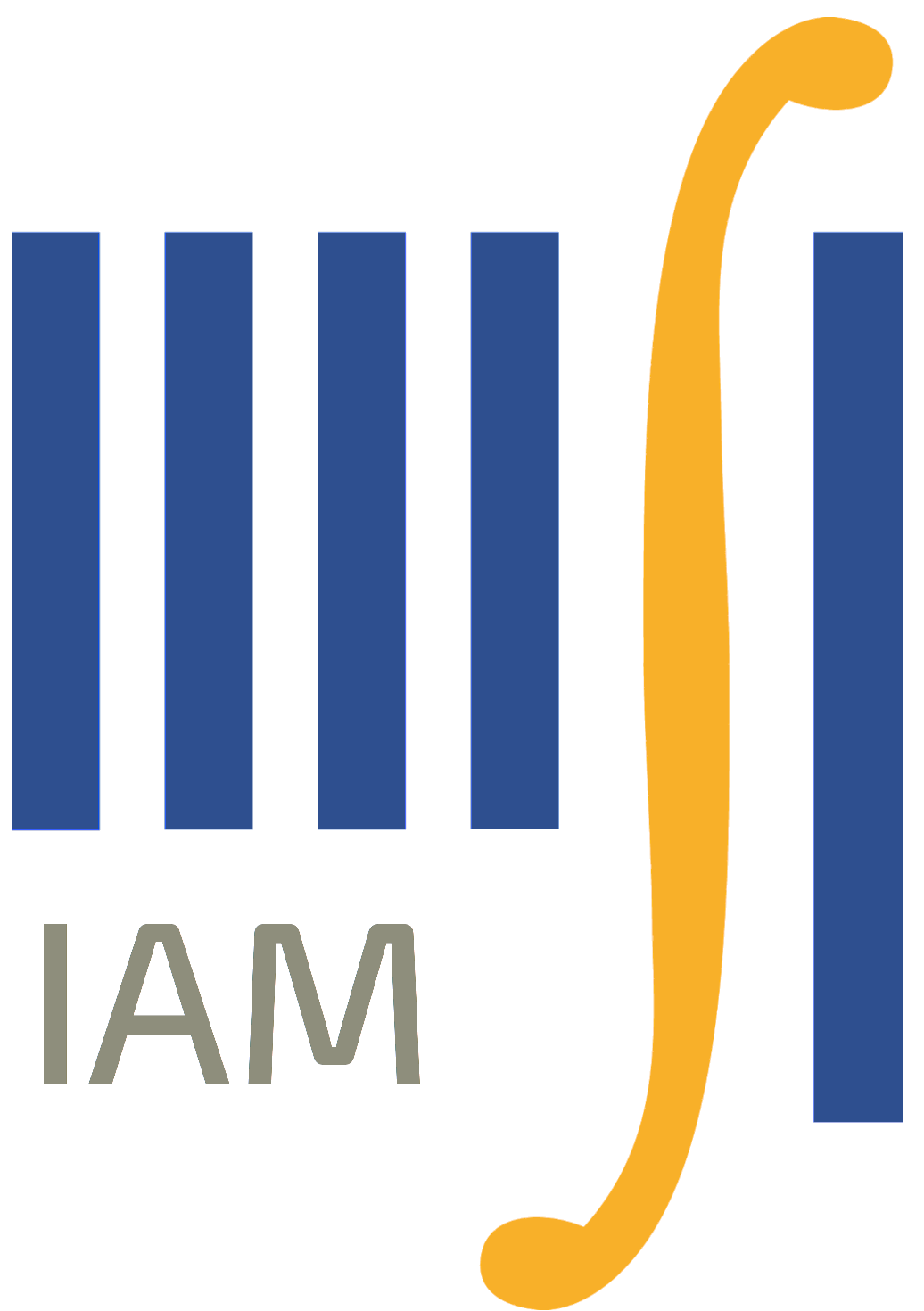Graduate Seminar on PDE in the Sciences
Organizers: B. Niethammer, J.J.L. Velázquez, I. Cristian
Reserved talks
Previous weeks
- Friday Feb 10 ♥ Special seminar
- First speaker
Jens Scholten - Second speaker
| Lorena Pohl |
| Speaker: Jens Scholten | Title: Two component Becker-Döring Equations |
| Speaker: Lorena Pohl | Title: A Becker-Döring model with a broken chain of coagulation |
- Friday Jan 20
Speaker: Iulia Cristian Title: Coagulation equations for non-spherical clusters
- Friday Dec 16
Speaker: Sebastian Hensel Title: Interface area minimization of planar networks of branched interfaces
- Friday Dec 09
Speaker: Eugenia Franco Title: Long-term behavior of the solutions of the coagulation equations with injection that do not have stationary solutions
- Friday Dec 02
Speaker: Bernhard Kepka Title: Rotating solutions to the incompressible Euler-Poisson equation
- Friday Nov 11
Speaker: Roberto Maturana Title: The decay of the Green’s function of the fractional Anderson model and connection to long-range SAW
- Friday Nov 04
Speaker: Richard Schubert Title: The inertialess limit for sedimenting particles
- Friday Oct 28
Speaker: Théophile Dolmaire Title: The Boltzmann equation: its main properties, and an introduction to its rigorous derivation
- Friday Oct 14
Speaker: Jona Lelmi Title: A model for tumor growth with nutrients
To be added to the mailing list, please send an e-mail to cristian(at)iam.uni-bonn(dot)de (Iulia Cristian). There are currently no more available places for seminar talks.



